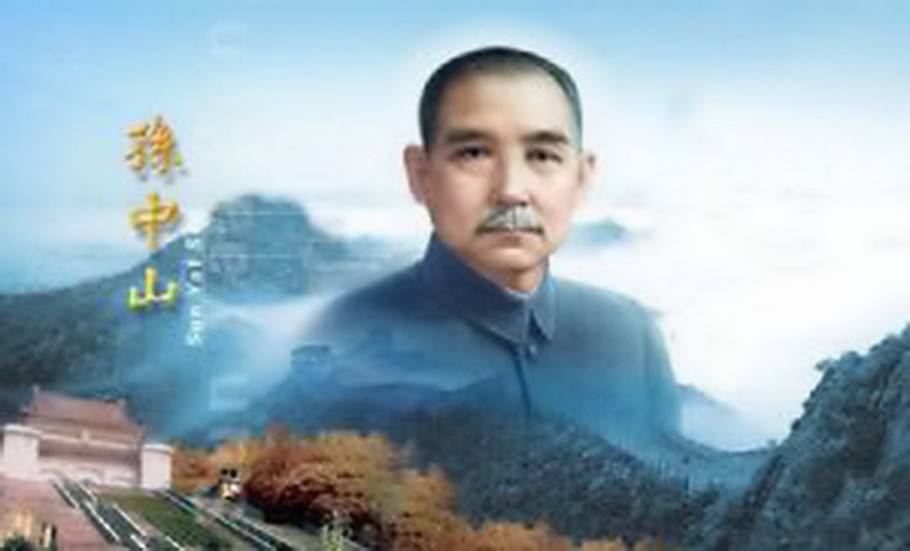Sun Yat-sen
3 min readFather of the Nation
Sun Yat-sen(November 12,1866-March 12,1925)was a Chinese revolutionary and political leader who is often referred to as the“father of modern China”.Sun played an instrumental and leadership role in the eventual overthrow of the Qing Dynasty in 1911.He was the first provisional president when the Republic of China was founded in 1912.He later co-founded the Kuomintang(KMT)where he served as its first leader.
Sun was a uniting figure in post-imperial China,and remains unique among 20th-century Chinese politicians for being widely revered in both mainland China and Taiwan.On both sides of the Straits he is frequently seen as the father to republican China.In Taiwan,he is known by the title officially given to him,Father of the Nation,as in his posthumous name Father of the Nation,Mr Sun Yat-sen.On the mainland,Sun is also seen as a Chinese nationalist,the“Forerunner of the Revolution”and“the Father of Modern China”.
Although Sun is considered one of the greatest leaders of modern China,his political life was one of constant struggle and frequent exile.After the success ofthe revolution,he quickly fell out of power in the newly-founded Republic of China,and led successive revolutionary governments as a challenge to the warlords who controlled much of the nation.Unfortunately,Sun did not live to see his party bring about consolidation of power over the country.His party,which formed a fragile alliance with the communists,split into two factions after his death.Sun’s chief legacy resides in his developing a political philosophy known as the Three Principles of the People(nationalism,civil liberties,and the people’s livelihood),which still heavily influences Chinese government today.

Names
Like many other Chinese historical figures,Sun Yat-sen used several names throughout his life,and he is known under several of these names,which can be quite confusing for the Westerner.Names,which are not taken lightly in China,are central to Chinese culture.This reverence goes as far back as Confucius and his insistence on using correct names.In addition to the names and aliases listedbelow,Sun also used many other aliases while he was a revolutionary in exile.
According to one study,he used as many as thirty different names.
The“real”name of Sun Yat-sen(the concept of real or original name is not as clear-cut in China as it is in the Western world,as will become obvious below),the name inscribed in the genealogical records of his family,is Sun Deming.This“register name”is the name under which his extended relatives of the Sun family would have known him;and it was a name that was used on formal occasions,such as when he got married.
In 1883,Sun was baptized as a Christian,and he started his studies in Hong Kong.On that occasion,he chose himself a pseudonym:Rixin.Later,his professor of Chinese literature changed this pseudonym into Yixian.Unlike in Standard Mandarin,pronunciation of both pseudonyms are similar to Yat-sen in the local Cantonese.This was the name that he used in his frequent contacts with Westerners which became his most often used name in the West.However,in the Chinese world,almost nobody uses the Mandarin version Sun Yixian,nor the Cantonese version Sun Yat-sen.
In 1897,Sun arrived in Japan.Desiring to remain hidden from Japanese authorities,he renamed himself Nakayama Sho.After his return to China in 1911,the alias Nakayama was transliterated into Zhongshan.Today,the overwhelming majority of Chinese people know Sun under the name Sun Zhongshan.Often it is shortened to Zhongshan only(as is usually done for Chinese names to show respect),and inside China one can find many instances of Zhongshan Avenue,Zhongshan Park Another“official”name is Sun Wen,the“school name”used by Sun Yat-sen when attending school.This is the way he signed his name,especially after the establishment of the Republic of China in 1912.All official documents executed after this date were signed Sun Wen.








